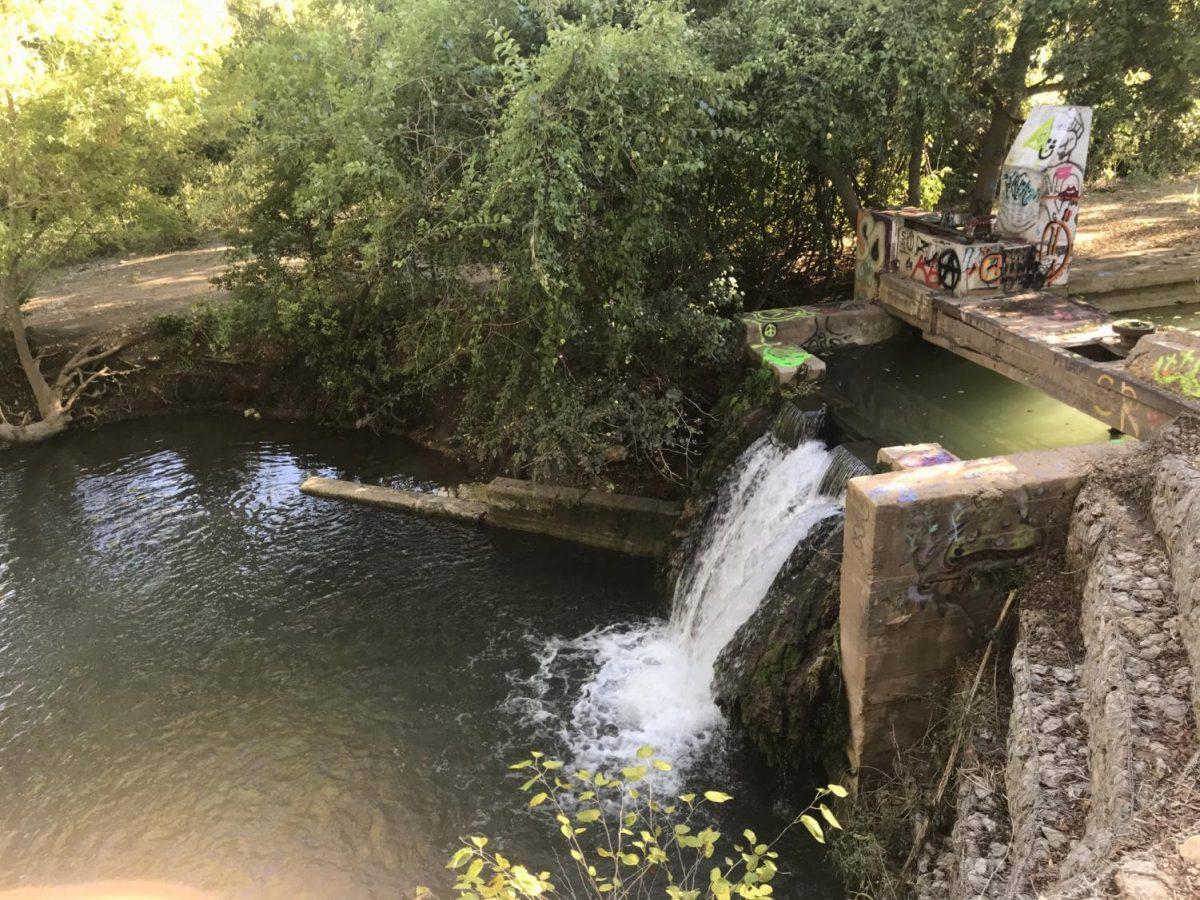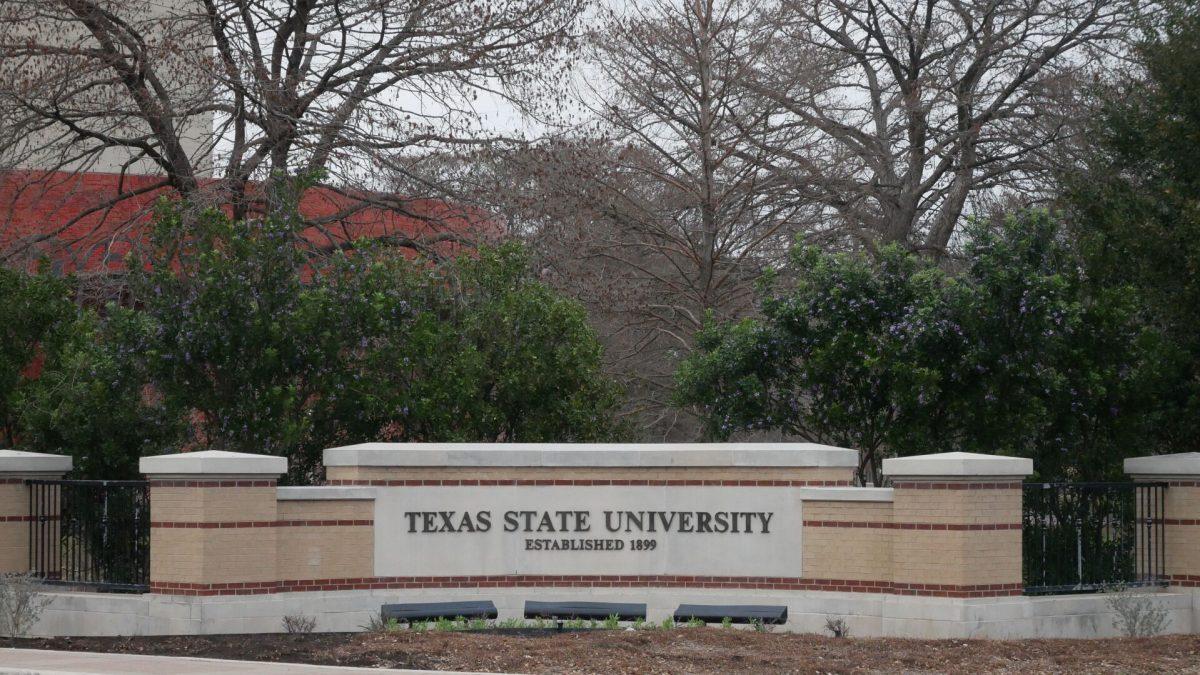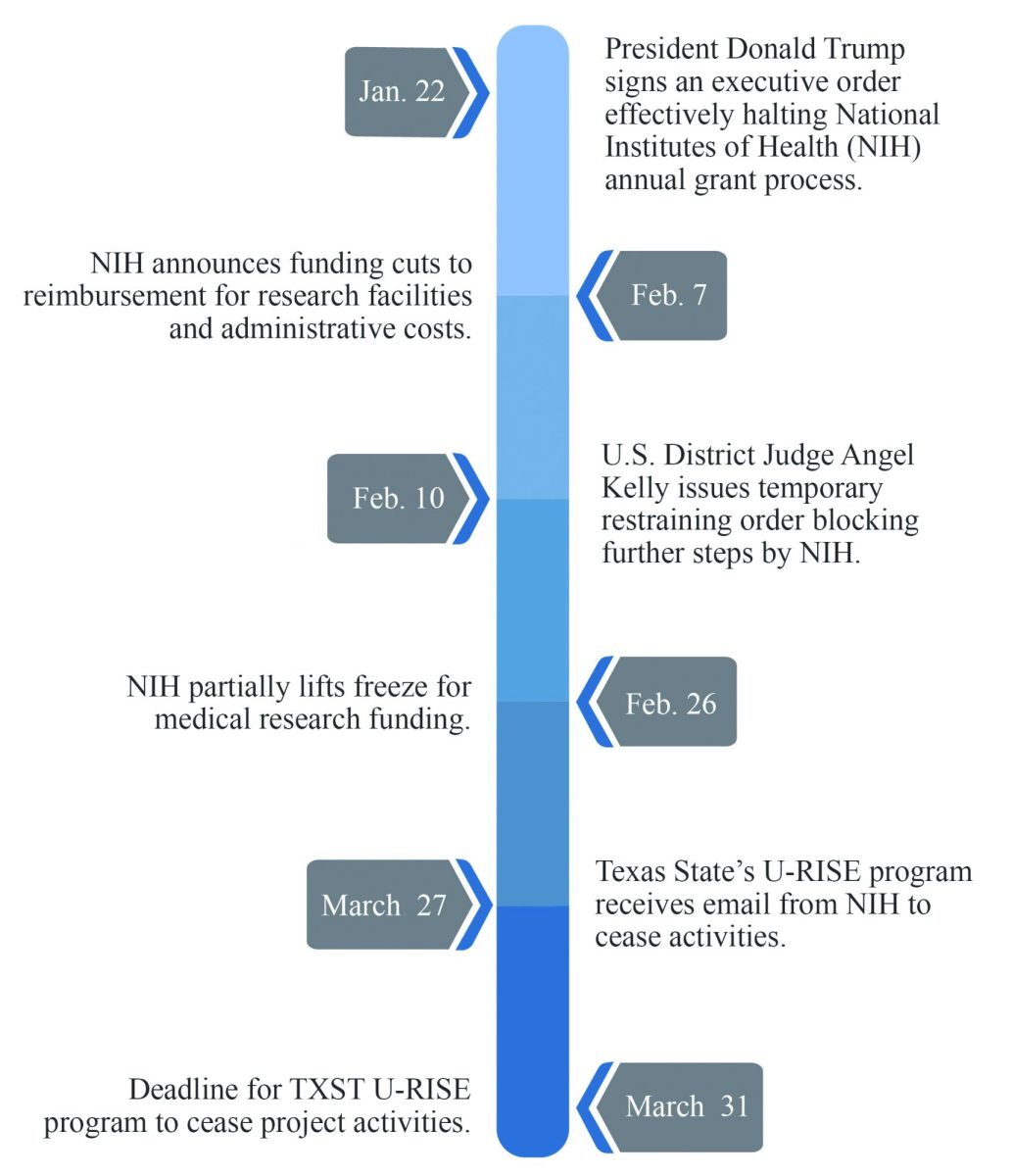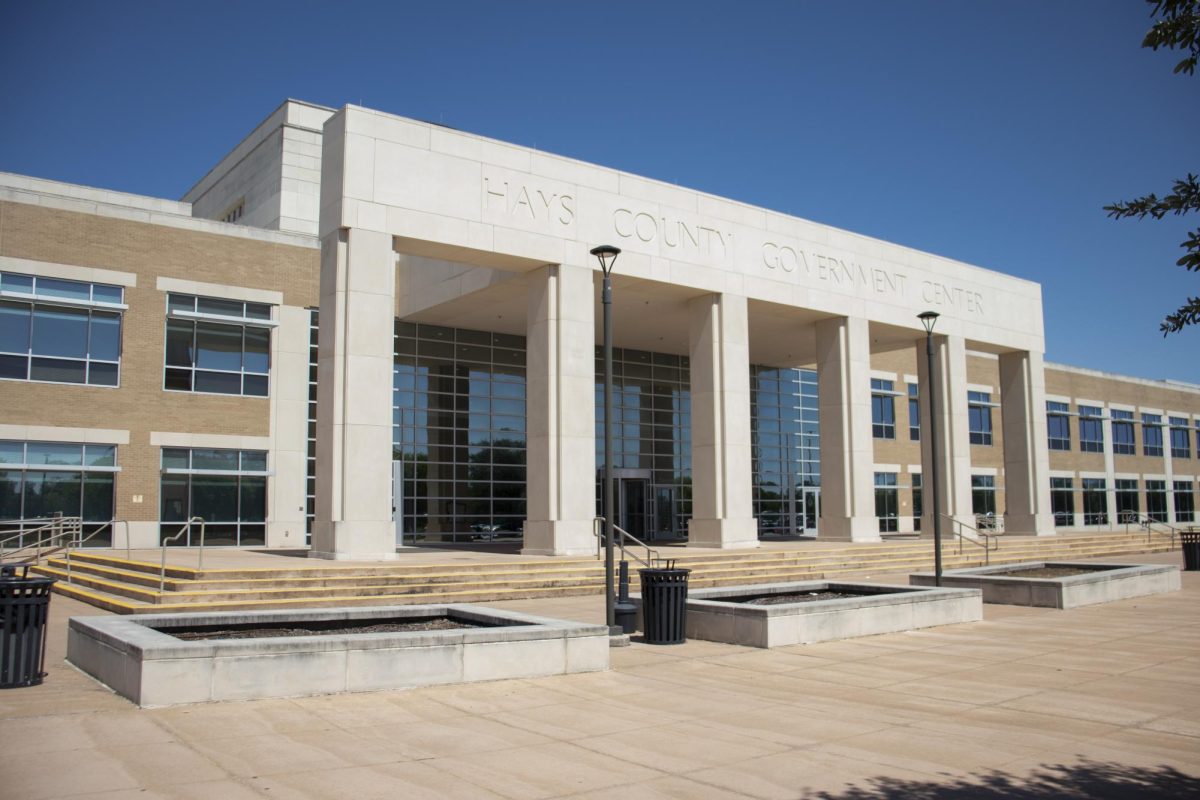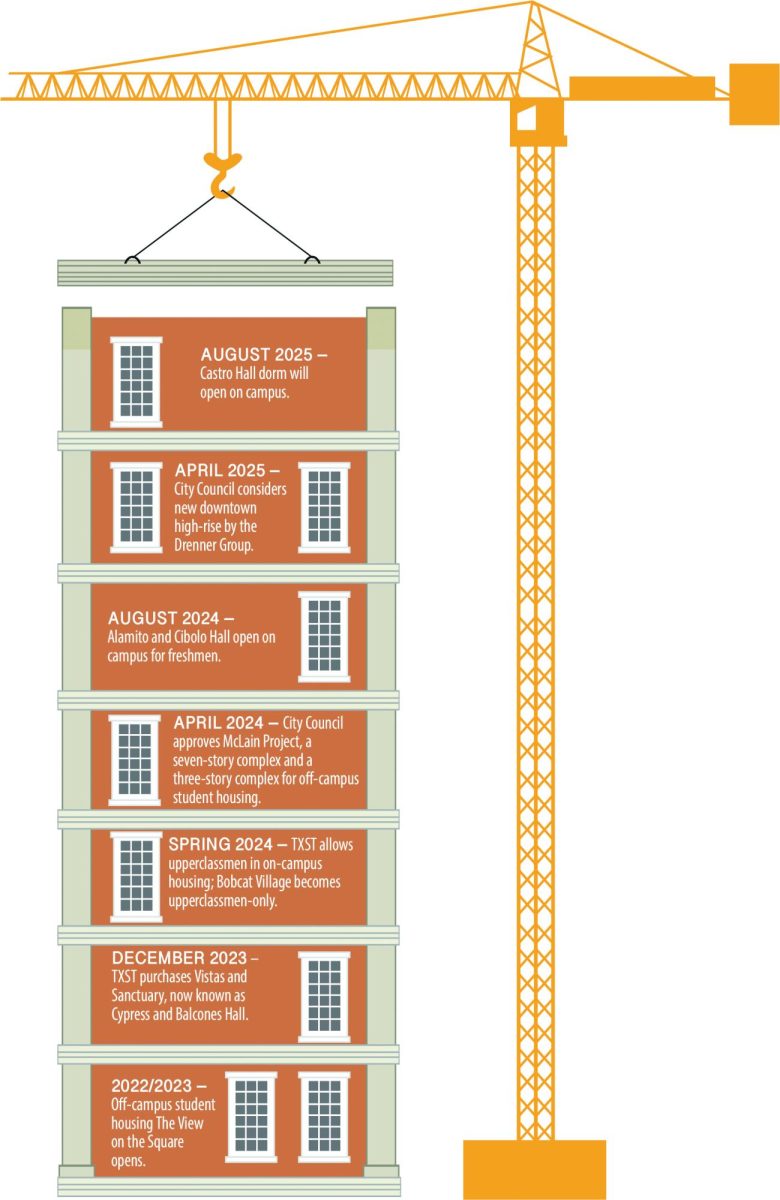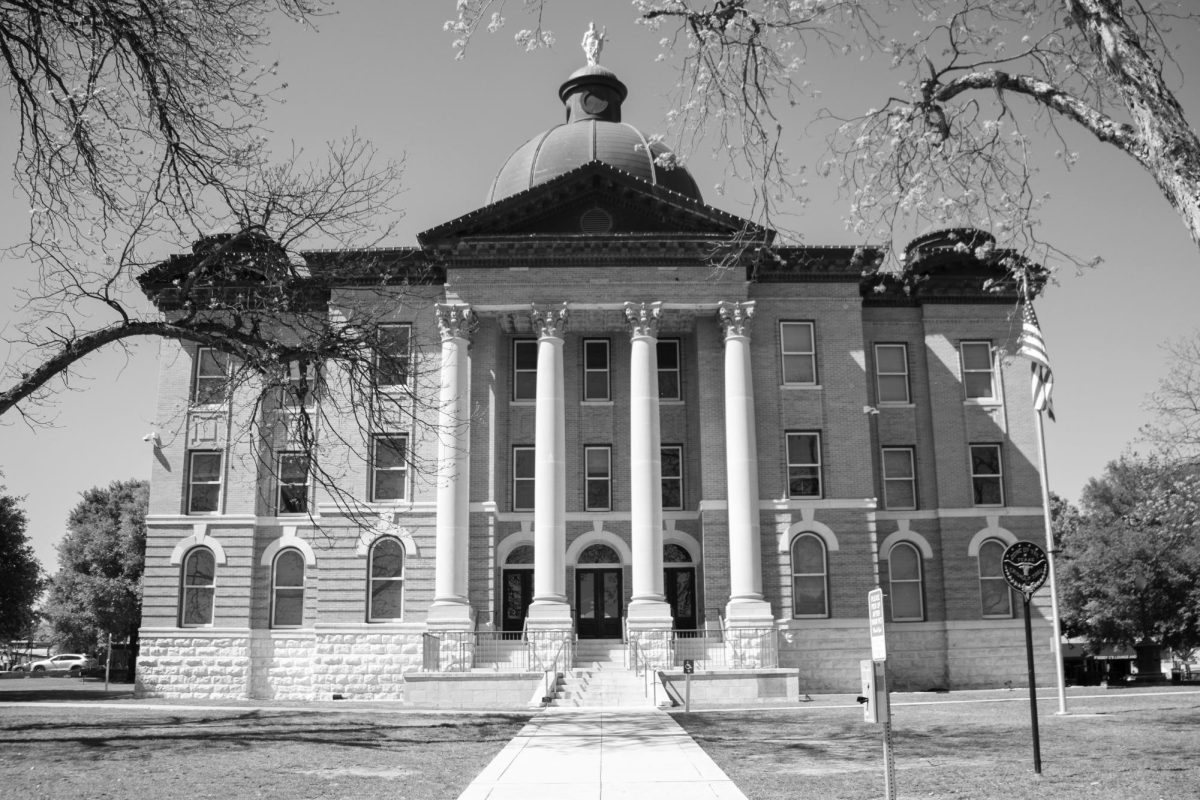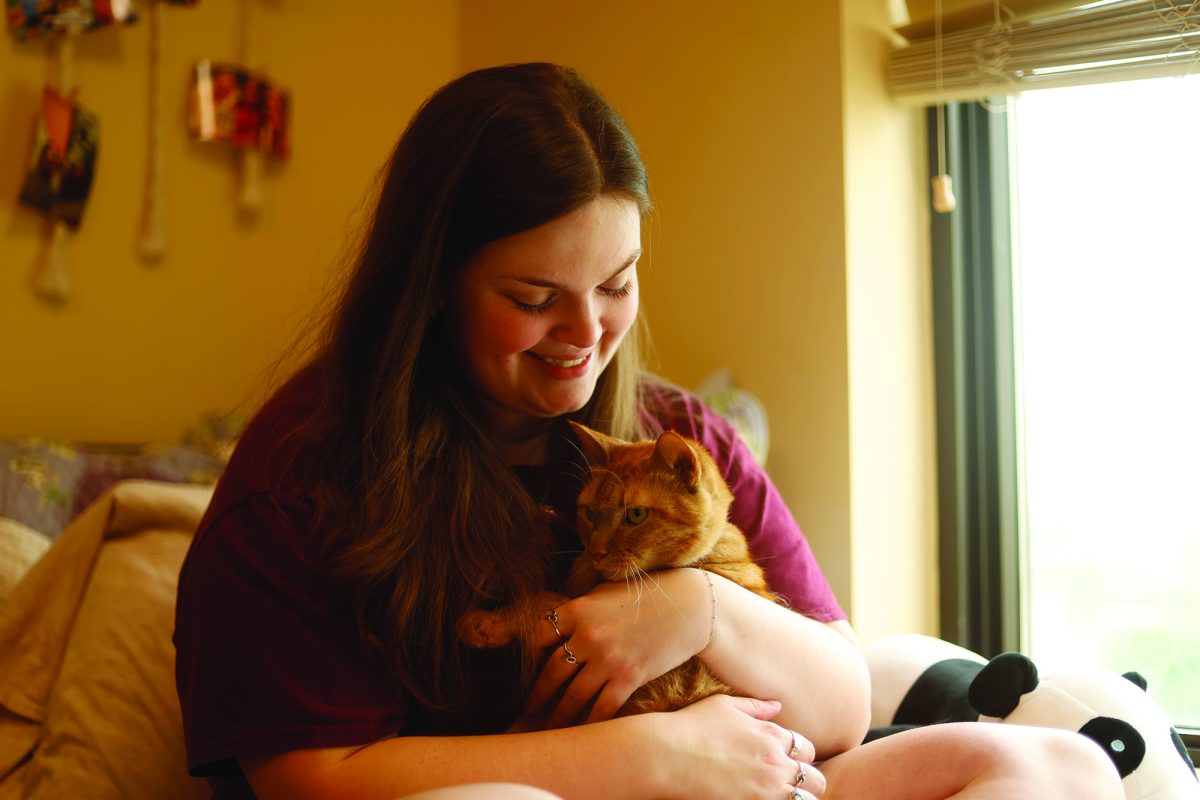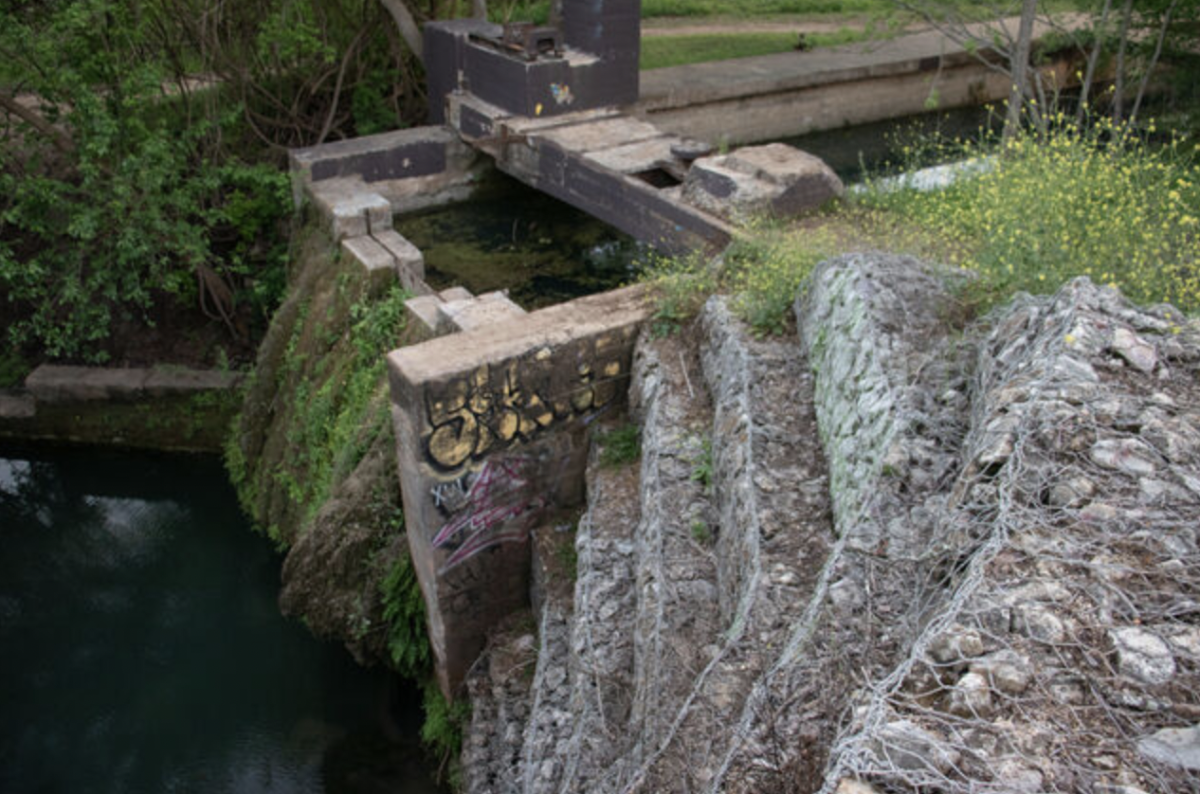The City of San Marcos may begin to work closely with Hays County officials to assist in the removal, or repair, of Cape’s Dam.
Vista Planning & Design President Mitchell Wright gave a presentation at city hall Oct. 15 to show San Marcos City Council members the company’s vision of the partnership with the county. The presentation included Hays County taking complete financial control of Cape’s Dam and moving toward repairing the dam.
The dam was built near Stokes Park in 1867, breached in 2013, and then further damaged by flooding in 2015. The dam has been the subject of controversy since October 2014 when the Parks & Recreation Advisory Board requested a study on the safety and environmental issues in connection to the dam.
Texas State professor and Chief Science Officer at The Meadows Center Thom Hardy released a report in 2015 showing how removing Cape’s Dam would benefit the endangered Texas Wild Rice and Fountain Darter habitat.
In the report, Hardy cited, “the modeling results and supporting science-based literature clearly demonstrate the most ecologically beneficial conditions for the San Marcos River is removal of Cape’s Dam.”
City Council approved the motion to remove the dam March 15, 2016. Due to conflicting views on the dam between the U.S. Fish and Wildlife Service and Historic Preservation Committee, council members looked at alternative options regarding removing, or repairing, the dam.
Texas Historical Commission said the dam, Mill Race and associated structures would be eligible for listing in the National Register due to historical integrity. The commission managed to slow down the removal of the dam, leading USFW to pull funding for removal.
A majority of City Council members favored the idea of partnering with Hays County but were split on the decision to restore or remove the dam.
Hays County intends to take responsibility for Cape’s Dam, according to Wright’s vision in repairing the structure. The vision touts an increase in recreational use while maintaining the dam’s historical features.
Place 1 Councilwoman Lisa Prewitt took issue with the potential to use the main channel of the San Marcos River to produce additional water flow in the Mill Race, a canal where water flows to and from a mill wheel.
“To have a conversation about taking more water out of the main channel of the river and putting it down a Mill Race so people can enjoy it without thinking about the environment and the impact on it definitely disturbs me a little bit,” Prewitt said.
The estimated cost of removing the dam ranges between $50,000-$75,000. Restoring the dam could total up to six figures.
The advocacy group Save The SMTX River wants to halt the dam removal and preserve its historical architecture. The group is concerned removing the dam could cause harm to the environment.
Save The SMTX River Campaign Coordinator Brian Olson supports the repair of Cape’s Dam.
“The reason San Marcos is here is because of the river,” Olson said. “Removal of the Cape’s Dam would lose the waterfall at Stokes Park. That is the only accessible spot for people on the east side of San Marcos to readily go and swim in the San Marcos River.”
Project Healing is a nonprofit focusing on the rehabilitation of disabled veterans. Regional Coordinator Mike Schlimgen has been fighting for the Americans with Disabilities Act access to the river since the 1990s. The Mill Race connected to Stokes Park created a natural ADA access point to the river, but was closed due to the Memorial Day flood of 2015.
“The only things that even resembles ADA access have been taken away either by fencing, park closures, other obstacles or barriers that have been put up to the disabled community,” Schlimgen said.
City Council is coordinating with Hays County officials to explore options, leaving the fate of Cape’s Dam currently unknown.
For more information, visit the legislation page on the City of San Marcos website.
Categories:
City to partner with Hays County to determine Cape’s Dam fate
November 5, 2019
0
Donate to The University Star
Your donation will support the student journalists of Texas State University. Your contribution will allow us to purchase equipment and cover our annual website hosting costs.
More to Discover



